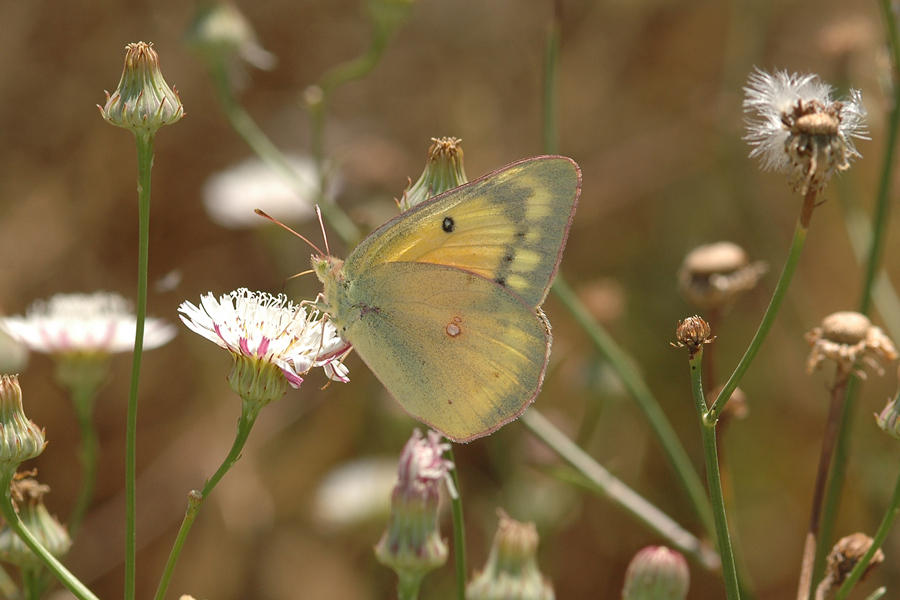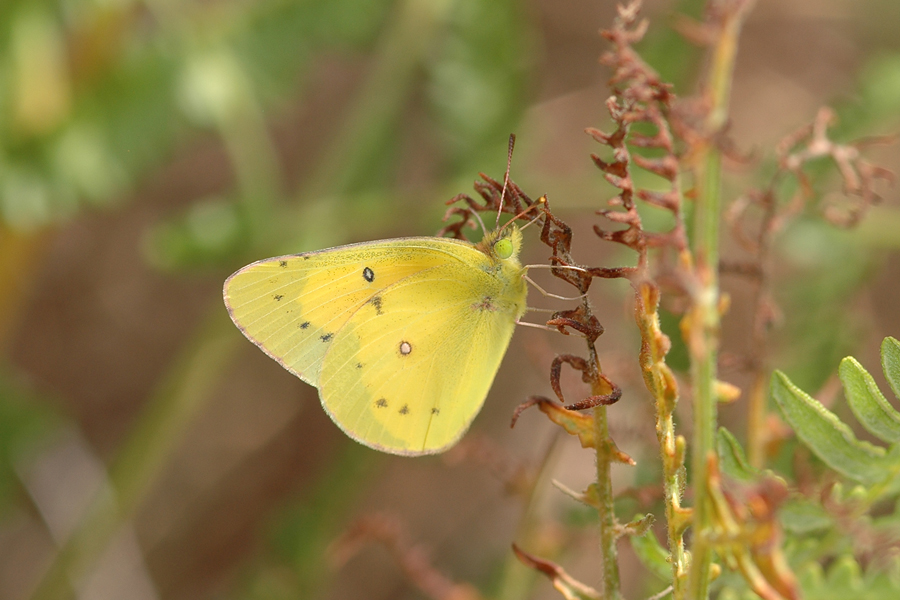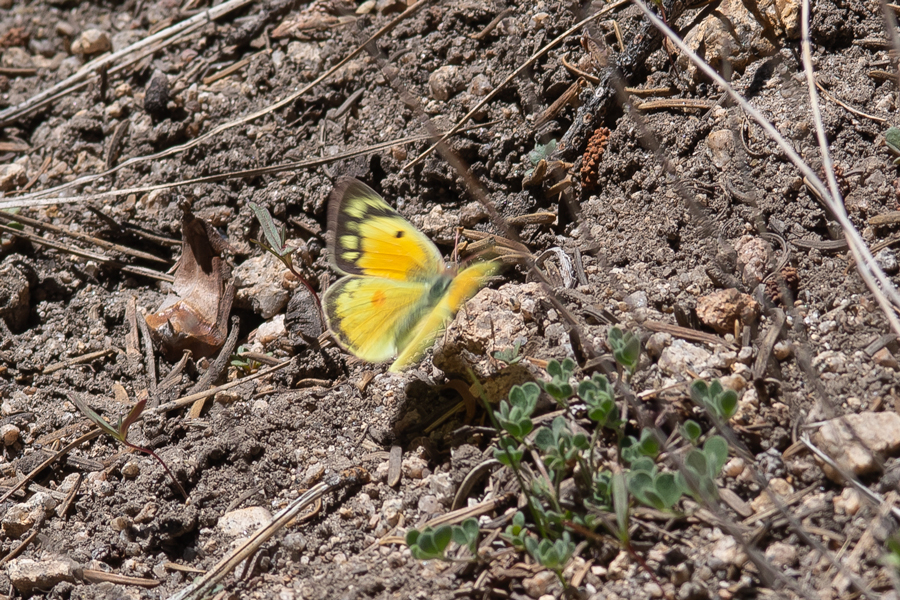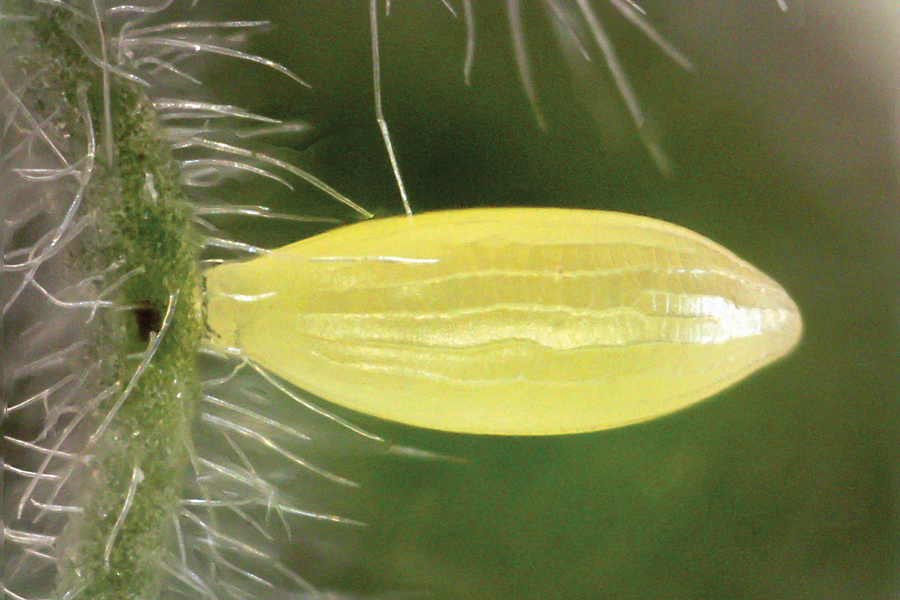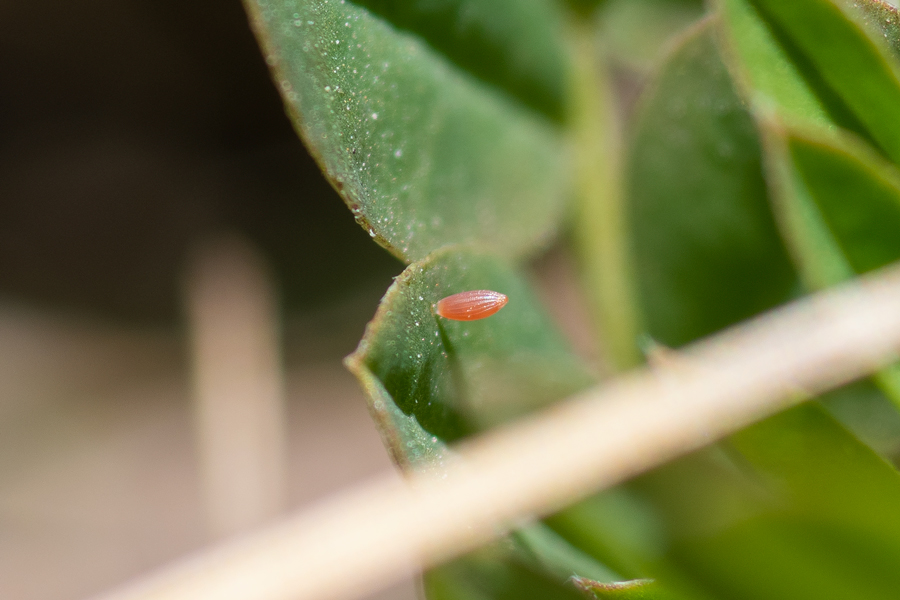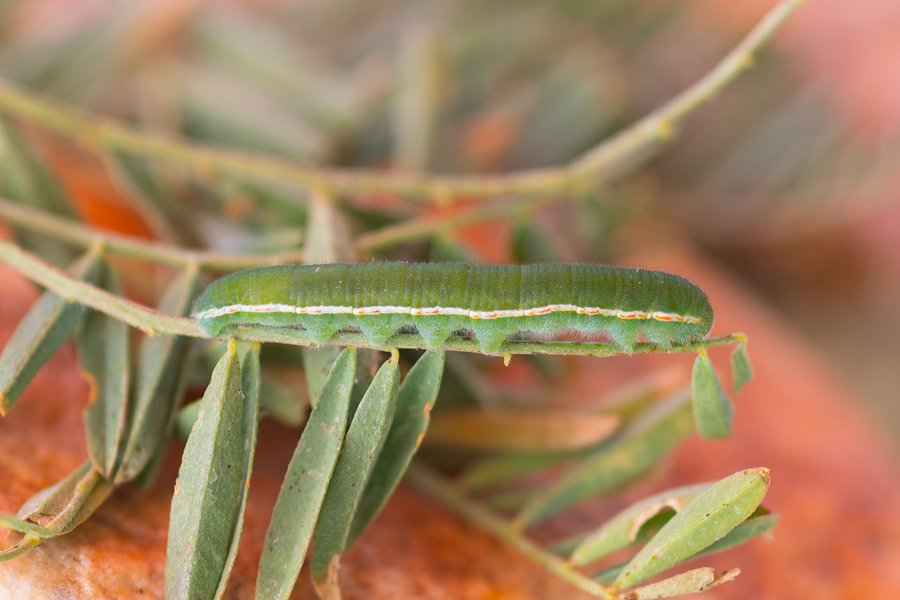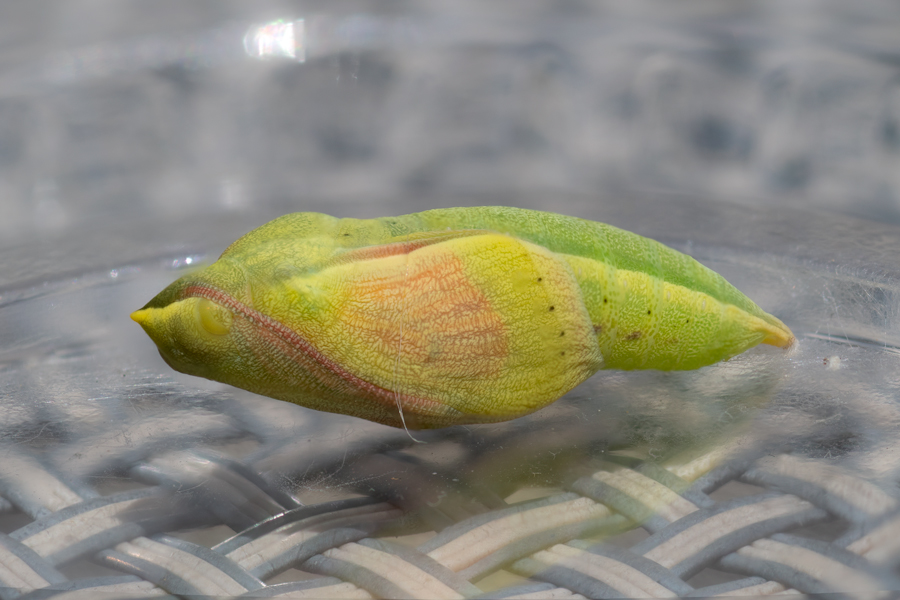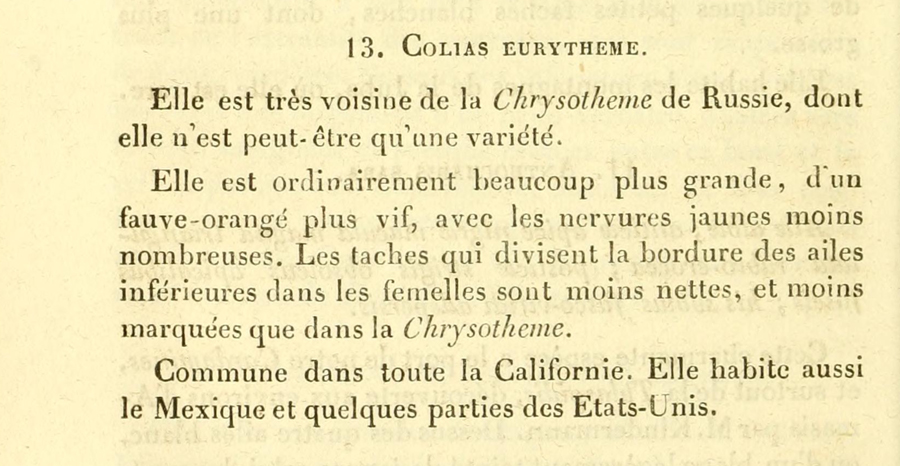Colias eurytheme
Orange Sulphur
This is a common yellow butterfly that can have population explosions some years. They may also be found in big numbers at alfalfa fields, and many still call this the Alfalfa butterfly. It uses a wide range of Fabaceae family plants for larval food, including alfalfa, lupines, clovers, various lotuses, etc., which explains why they are so common nearly all year. Females have a white form, "alba"; nitrogen that would normally go toward the yellow pigmentation is instead diverted to egg development. This should be an advantage, but it seems these white females are not as easy for males to recognize in the wild, especially from a distance.
Harford's sulphur is similar, but in general the orange sulphur will have at least some orange on the wings, while Harford's is yellow with no orange.
A female Colias eurytheme (orange sulphur) from Towsley Canyon in Newhall, Los Angeles County on June 29, 2008.
This is a male Colias eurytheme from Palomar Mountain in San Diego Co. July 24, 2007. Note the solid black area showing through at the wing edges and compare that to females.
Timing the shot to get the dorsal coloration helps to show the orange on the wings, lacking in Harford's sulphurs. This female was at Siberia Creek Trail on May 14th, 2023.
I watched a female place an egg on Acmispon americanus at Lake Hemet on August 28th, 2023, and got a photo with my microscope when I got home.
Eggs that are fertile turn red within about 48 hours. This was in Seven Oaks on May 2nd, 2022.
This mature caterpillar was raised by Gordon Pratt for our Joshua Tree book. This photo was taken July 21st, 2020.
By July 29th, 2020, the larva had attached itself to the plastic lid of its container and pupated. I usually try to get them to pupate on a stick or something natural, so this photo didn't make the cut. But the chrysalis is really beautiful.
Boisduval named this butterfly in 1852 in the Annales de la Société entomologique de France. Translation: "It is very close to Chrysotheme from Russia, of which is may be only a variety. It is usually much larger, brighter tawny-orange, with fewer yellow veins. The spots which divide the border of the lower wings in the females are less distinct, and less marked than in Chrysotheme. Common throughout California. It also inhabits Mexico and some parts of the United States."
©Dennis Walker
